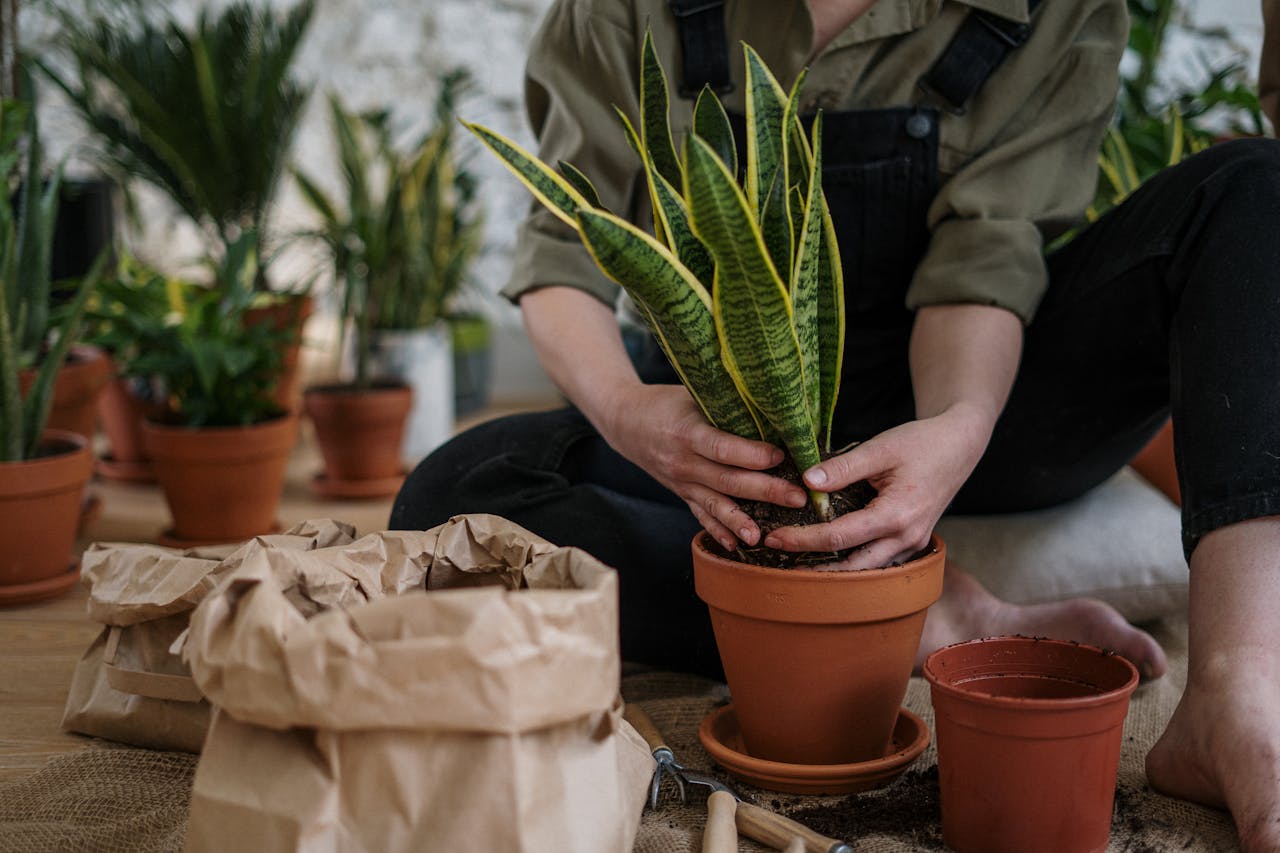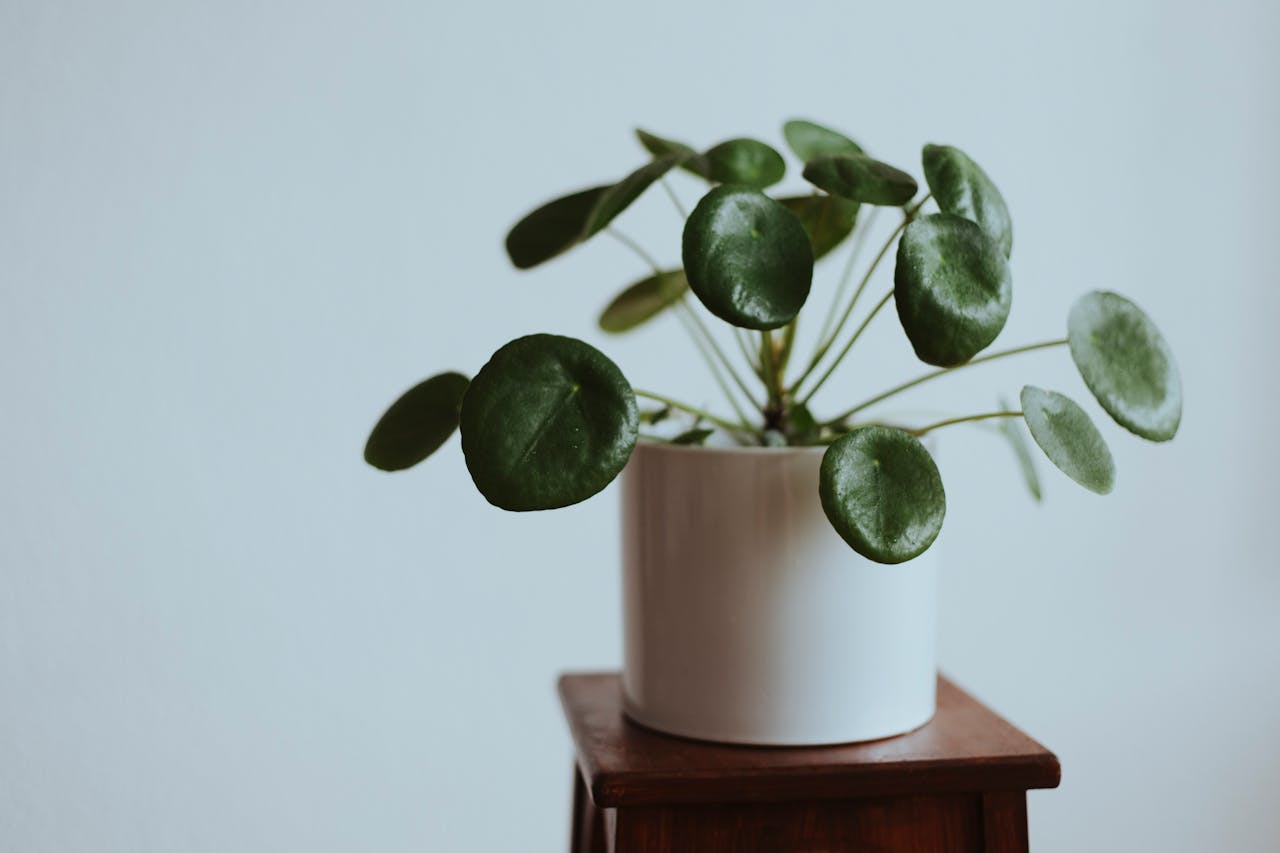Snake Plants (Sansevieria trifasciata), also known as Mother-in-Law’s Tongue, are celebrated for their striking appearance, air-purifying qualities, and remarkable resilience. Whether you're a seasoned plant enthusiast or a beginner, understanding the best locations to place your Snake Plant is crucial for its optimal growth and health. In this comprehensive guide, we'll explore the most suitable spots in your home or office to position your Snake Plants, ensuring it thrives and enhances your indoor space.
Also Read- Snake Plant Leaf Care: Cleaning And Maintenance Tips
Understanding Snake Plants’ Light Requirements

Before diving into placement, it's essential to grasp the light requirements of Snake Plants. These versatile plants are highly adaptable and can thrive in a variety of lighting conditions, making them ideal for different environments.
Key Points:
- Low to Bright Indirect Light: Snake Plants can survive in low-light areas but flourish in bright, indirect light.
- Tolerance to Low Light: They are one of the few plants that can grow well in dimly lit rooms, such as offices or bathrooms.
- Avoid Direct Sunlight: While they can handle some direct sunlight, prolonged exposure can scorch their leaves.
Also Read- Snake Plants And Joint Health: Alleviating Arthritis Pain Naturally
Best Locations to Place Your Snake Plant

1. Living Room
The living room is an excellent spot for your Snake Plant due to its ample natural light and central location. Place the plant near a window where it can receive bright, indirect light. This placement not only ensures the plant's health but also adds a touch of greenery to your living space, enhancing the room’s aesthetic appeal.
Tips:
- Position the plant in a corner where it can receive filtered sunlight.
- Use decorative pots to complement your living room decor.
2. Bedroom
Snake Plants are perfect for bedrooms because they are known for their air-purifying abilities. They release oxygen at night, which can improve air quality and promote better sleep. Placing a Snake Plant in your bedroom can create a serene and healthy sleeping environment.
Tips:
- Place the plant on a bedside table or a nightstand.
- Ensure it gets indirect light, possibly from a nearby window with sheer curtains.
3. Office Space
Enhance your workspace with a Snake Plant to boost productivity and improve air quality. These plants are low-maintenance and can thrive in the typical lighting conditions found in offices. Their upright, architectural leaves add a professional touch to your desk or office corner.
Tips:
- Position the plant near your desk but away from direct sunlight to prevent leaf burn.
- Use a compact pot to save space on your desk.
4. Kitchen
The kitchen is another suitable location for Snake Plants, as it often has good lighting and high humidity levels, which are beneficial for plant growth. A Snake Plant can thrive near a kitchen window or on a countertop, adding a fresh and vibrant element to the space.
Tips:
- Avoid placing the plant near direct heat sources like stoves or ovens.
- Use a sturdy pot to prevent the plant from tipping over due to kitchen activities.
5. Bathroom
Bathrooms typically have higher humidity and varying light conditions, making them ideal for Snake Plants. These plants can thrive in the moist environment of a bathroom and can handle the lower light levels, especially if the bathroom has a window.
Tips:
- Place the plant on a shelf or countertop where it can receive indirect light.
- Ensure proper ventilation to prevent excess moisture buildup around the plant.
6. Hallways and Entryways
Snake Plants can make a striking impression in hallways and entryways with their tall, upright leaves. These areas often have moderate light, which is perfect for Snake Plants. Their architectural form can add a touch of elegance and welcome to your home.
Tips:
- Use a decorative planter that matches your home’s entryway style.
- Ensure the plant receives enough light, either from natural windows or artificial lighting.
7. Living Spaces with Limited Light
One of the standout features of Snake Plants is their ability to thrive in low-light conditions. If you have a room that doesn't receive much natural light, a Snake Plant can still flourish there, making it an excellent choice for darker spaces.
Tips:
- Position the plant near a light source, such as a lamp, to provide some indirect light.
- Rotate the plant occasionally to ensure even growth.
Also Read- Snake Plant Pet-Friendly Homes: Safe Greenery For Your Furry Friends
Tips for Optimal Placement and Care

To ensure your Snake Plant thrives in its chosen location, consider the following tips:
1. Consistent Watering
Snake Plants prefer to dry out between waterings. Overwatering can lead to root rot, while underwatering can cause the leaves to become dry and brittle. Water your Snake Plant sparingly, typically every 2-6 weeks, depending on the environmental conditions.
2. Proper Potting and Soil
Use well-draining soil and a pot with drainage holes to prevent water from accumulating at the bottom. A cactus or succulent mix works well for Snake Plants, providing the necessary drainage.
3. Temperature and Humidity
Snake Plants prefer temperatures between 60-85°F (15-29°C) and can tolerate a wide range of humidity levels. Avoid placing them near drafts or sudden temperature changes, such as air conditioners or heaters.
4. Fertilization
Feed your Snake Plant with a balanced, water-soluble fertilizer once a month during the growing season (spring and summer). Reduce feeding during the dormant period (fall and winter).
5. Pruning and Cleaning
Regularly remove any dead or yellowing leaves to maintain the plant’s appearance and health. Wipe the leaves with a damp cloth to remove dust and allow for better photosynthesis.
Also Read- Eco-Friendly Gardening With Snake Plants: Sustainable Practices
Common Mistakes to Avoid

1. Overwatering
One of the most common mistakes is watering too frequently. Always check the soil moisture before watering to prevent root rot.
2. Excessive Sunlight
While Snake Plants can tolerate some direct sunlight, too much can scorch their leaves. Ensure they receive bright, indirect light rather than harsh, direct rays.
3. Ignoring Repotting Needs
Snake Plants grow slowly and may need repotting every 2-3 years to provide fresh soil and more space for their roots. Choose a pot that is slightly larger than the current one.
4. Poor Drainage
Using pots without drainage holes or poor-quality soil can lead to waterlogging, which is detrimental to Snake Plants. Always ensure proper drainage to maintain healthy roots.
Also Read- Snake Plants And Allergies: Are They Safe For Sensitive Individuals?
Conclusion
Choosing the best locations to place your Snake Plants is pivotal for its optimal growth and longevity. Whether it’s enhancing your living room, purifying the air in your bedroom, or adding a touch of greenery to your office space, Snake Plants are versatile and easy to care for. By understanding their light requirements and following proper care guidelines, you can enjoy the beauty and benefits of Snake Plants in any part of your home or workspace.













Leave a comment
This site is protected by hCaptcha and the hCaptcha Privacy Policy and Terms of Service apply.